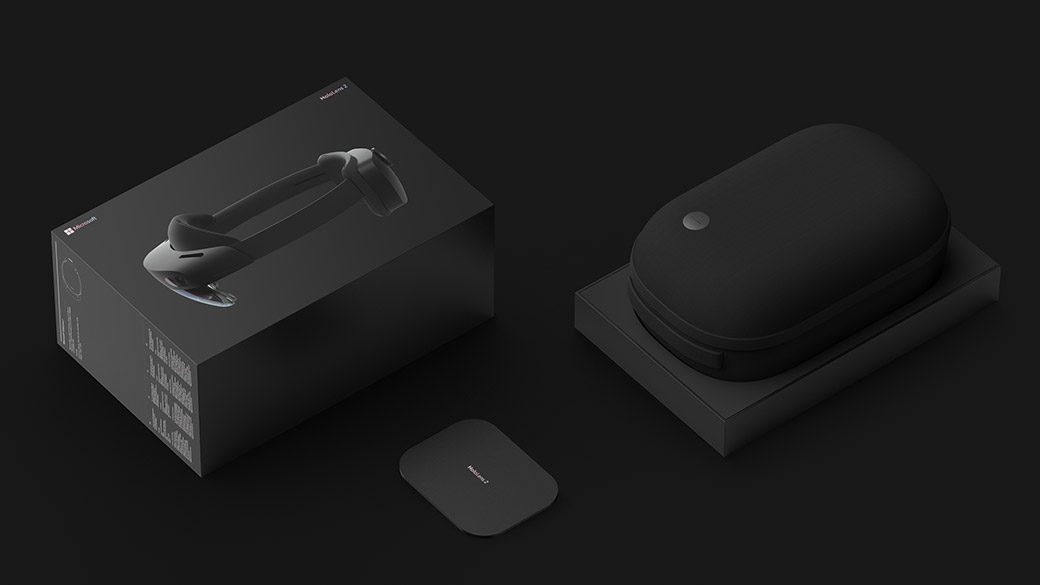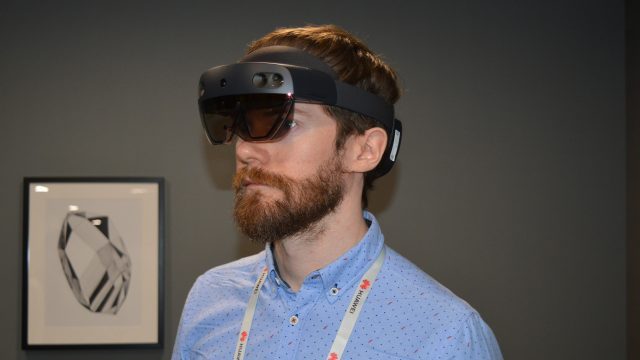HoloLens 2 has been available to Microsoft business partners and developers since last year, however anyone else interested in the augmented reality headset would have to jump through a few hoops first to get their hands on the device. Now Microsoft has opened sales of HoloLens 2 to anyone with the cash on hand.
Up until now, prospective HoloLens 2 owners would have to either contact an official reseller or sign up for a special developers program, making this the first time when John Q. Public could buy a HoloLens 2 direct from Microsoft without any additional fuss.
Customers will be able to buy the $3,500 headset itself and a host of replacement accessories including a carrying case, a USB-C charger, straps, and forehead pads of varying sizes. All of those come in the box already, but it’s nice to know you can buy a spare if need be.


Microsoft is only selling HoloLens 2 direct to online customers, so you most likely won’t be able to buy it in a Microsoft Store.
We first went hands-on with HoloLens 2 at Mobile World Congress (MWC) last year, and it proved to be a capable AR headset that, despite some misgivings on how the field of view was initial misrepresented at its reveal at the Barcelona-based trade show, showed some real material improvements over its predecessor.
It packs in a number of features not present in the original 2015-era HoloLens, the most prominent of which is eye-tracking. Eye-tracking not only lets users select UI elements simply by looking at them, but also allows developers to know where a user is looking to better optimize AR apps by better understanding user behavior. Check out the full specs below:
HoloLens 2 Specs
| Display | Optics: See-through holographic lenses (waveguides) Resolution: 2k 3:2 light engines Holographic density: >2.5k radiants (light points per radian) Eye-based rendering: Display optimization for 3D eye position |
|---|---|
| Sensors | Head tracking: 4 visible light cameras Eye tracking: 2 IR cameras Depth: 1-MP Time-of-Flight (ToF) depth sensor IMU: Accelerometer, gyroscope, magnetometer Camera: 8-MP stills, 1080p30 video |
| Audio and speech | Microphone array: 5 channels Speakers: Built-in spatial sound |
| Human understanding | Hand tracking: Two-handed fully articulated model, direct manipulation Eye tracking: Real-time tracking Voice: Command and control on-device; natural language with internet connectivity Windows Hello: Enterprise-grade security with iris recognition |
| Environment understanding | 6DoF tracking: World-scale positional tracking Spatial Mapping: Real-time environment mesh Mixed Reality Capture: Mixed hologram and physical environment photos and videos |
| Compute and connectivity | SoC: Qualcomm Snapdragon 850 Compute Platform HPU: Second-generation custom-built holographic processing unit Memory: 4-GB LPDDR4x system DRAM Storage: 64-GB UFS 2.1 WiFi: Wi-Fi: Wi-Fi 5 (802.11ac 2×2) Bluetooth: 5 USB: USB Type-C |
| Fit | Single size Fits over glasses |
| Weight | 566g |
| Software | Windows Holographic Operating System Microsoft Edge Dynamics 365 Remote Assist Dynamics 365 Guides 3D Viewer |
| Power | Battery life: 2–3 hours of active use Charging: USB-PD for fast charging Cooling: Passive (no fans) Contains lithium batteries: See more information > |
Thanks to Jad Meouchy of the AR/VR data analytics company BadVR for pointing us to the news.

